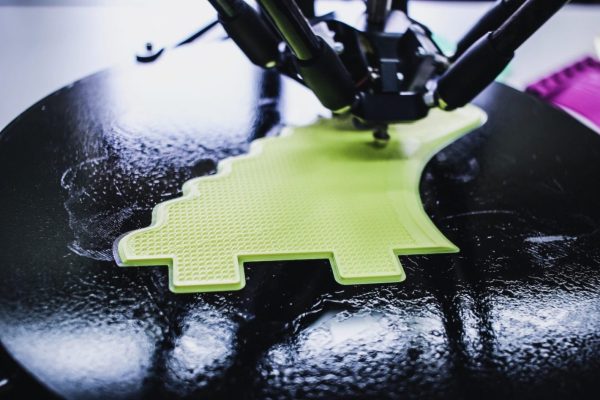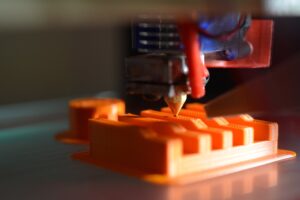
Did you know that 3D printing could serve to eliminate the footprint of human beings in ecosystems? Here is a very clear example of its great potential.
The footprint of human beings has caused nature to deteriorate over the centuries. This, above all, has had a special impact in recent decades thanks to the development of an intensive industry. This has caused the disappearance of species to be growing at a dizzying rate, both on land and in sea and air.
Can we still save the planet? The truth is that technology, despite having contributed to the ecological disaster on many occasions, has also managed to devise certain solutions to put a patch on the wounds of ecosystems. So much so that 3D printing could serve as a catapult to achieve a certain recovery of the natural environment that has suffered the consequences of our passage.
3D Printing Will Change Many Economic Sectors Forever Because of its Potential
How could a team made up of software and hardware go back to restoring areas as if there had never been human interaction? 3D printing has become one of the tools that will make the most sense in the innovation market. The latest project is especially focused on restocking coral reefs that have been deprived of development.
Well, how would this recovery be possible? To understand this curious alternative, a team of scientists from the University of Hong Kong has managed to design a kind of tile to encourage the growth of corals. Thanks to their design, it could be much easier to enjoy seascapes as before. Several are the keys to this innovation.
Let us see, therefore, what the project has consisted of, why it is expected that this commitment will affect international standardization, and, of course, what it may mean to put this repopulation model into practice. To what extent is it a business model with a great future ahead of it? Its success can be seen after a few months.
Simple tiles that are installed on the reef
The loss of miles and miles of corals has caused ecosystems to have completely changed. After all, many of the species that coexist among these colonial animals have ended up disappearing due to a lack of food and protection. In this situation, these simple tiles with a certain shape could serve to change the situation.

The Coral Reef Could be 3D Printed in The Future. Hong Kong University
The operation of this technology is very simple since they serve as sustenance for these living beings to grow strongly with certain protection. The goal is to ‘seed’ this species in pots with coral fragments and waits for the coral polyps to colonize other units. This would be possible mainly due to the presence of ocean currents.
A Total of 128 Blocks of Clay Have Been Produced to Restock Reefs
Although we are used to obtaining products manufactured in 3D with plastic solutions, this time we have managed to have a printer with the ability to mold parts in materials such as clay. That is why a very optimal level of finish has been achieved. Even so, it should be noted that, after production, it must be subjected to temperatures of up to 1,125 ºC.
At the moment, the first series of 128 plates have been produced to repopulate the coral reef. The first tests are already being carried out in the Hoi Ha Wan Marine Park in Hong Kong, an area that has seen how in recent years the coral reserves in the area have been depleted by the action of the human being. Is it possible to live in harmony with nature?
A New Line of Research to Change the Course of History
This investigation will take a little over a year and a half. Throughout this time, the goal is for the corals that grow on these surfaces to reproduce exponentially throughout the area where there are clay units with this classic design. If its expansion is confirmed, it could be said that the potential for success in other parts of the world is very high.
The tiles created from 3D printing allow the development of corals on the seabed. Hong Kong University
However, it is important to note that, given the current low demand, the production of this technology is very expensive. After all, it requires the use of very specific machinery. Even so, the results would allow repopulating areas in which a good part of the fauna has been lost due to the lack of food and the lack of protection of the surviving species.
As can be read in the New Atlas portal, the next few years will be fundamental to trying to safeguard landscapes and ecosystems that have been seriously damaged by humans. Will there be a truce this time? We will see it in a few months.
